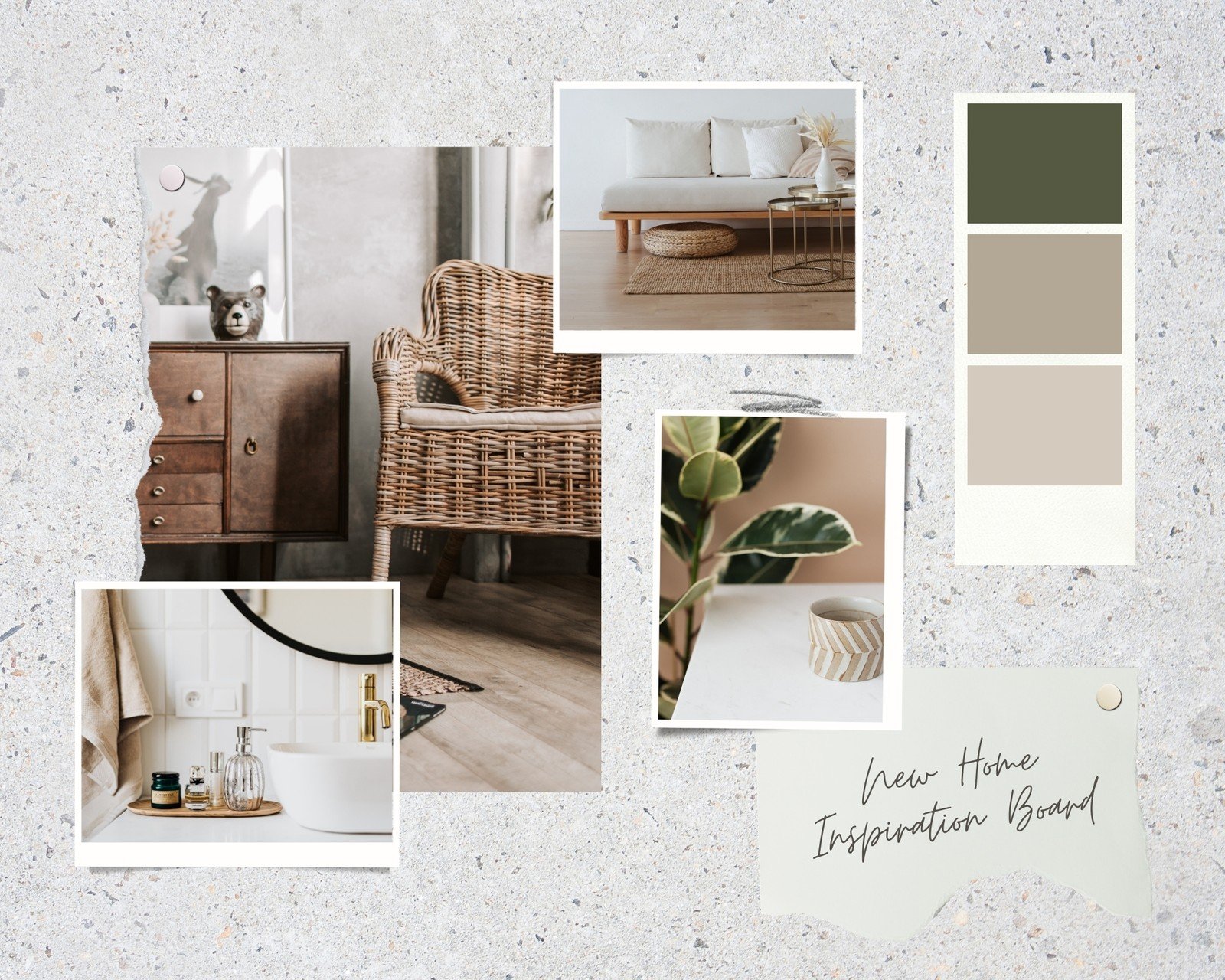What Makes Something Aesthetically Pleasing? The Ultimate Guide to Understanding Aesthetic Appeal
Have you ever looked at a piece of art, a beautifully decorated room, or even a well-organized Instagram feed and thought, "Wow, this is so aesthetically pleasing"? But what exactly makes something "aesthetically pleasing"? Why do we find certain things more appealing than others? The answer lies in the concept of aesthetics—the philosophy of beauty and taste.
In this ultimate guide, we’ll dive deep into what makes something aesthetically pleasing, how this concept is applied in various fields like design, art, and daily life, and how you can create visually stunning experiences by understanding the elements of aesthetics.
Gallery of Aesthetically Pleasing Images
:max_bytes(150000):strip_icc()/BradRamseyInteriors_credit_CarolineSharpnack-dee35c1fab554898af7c549697c2f592.jpg)
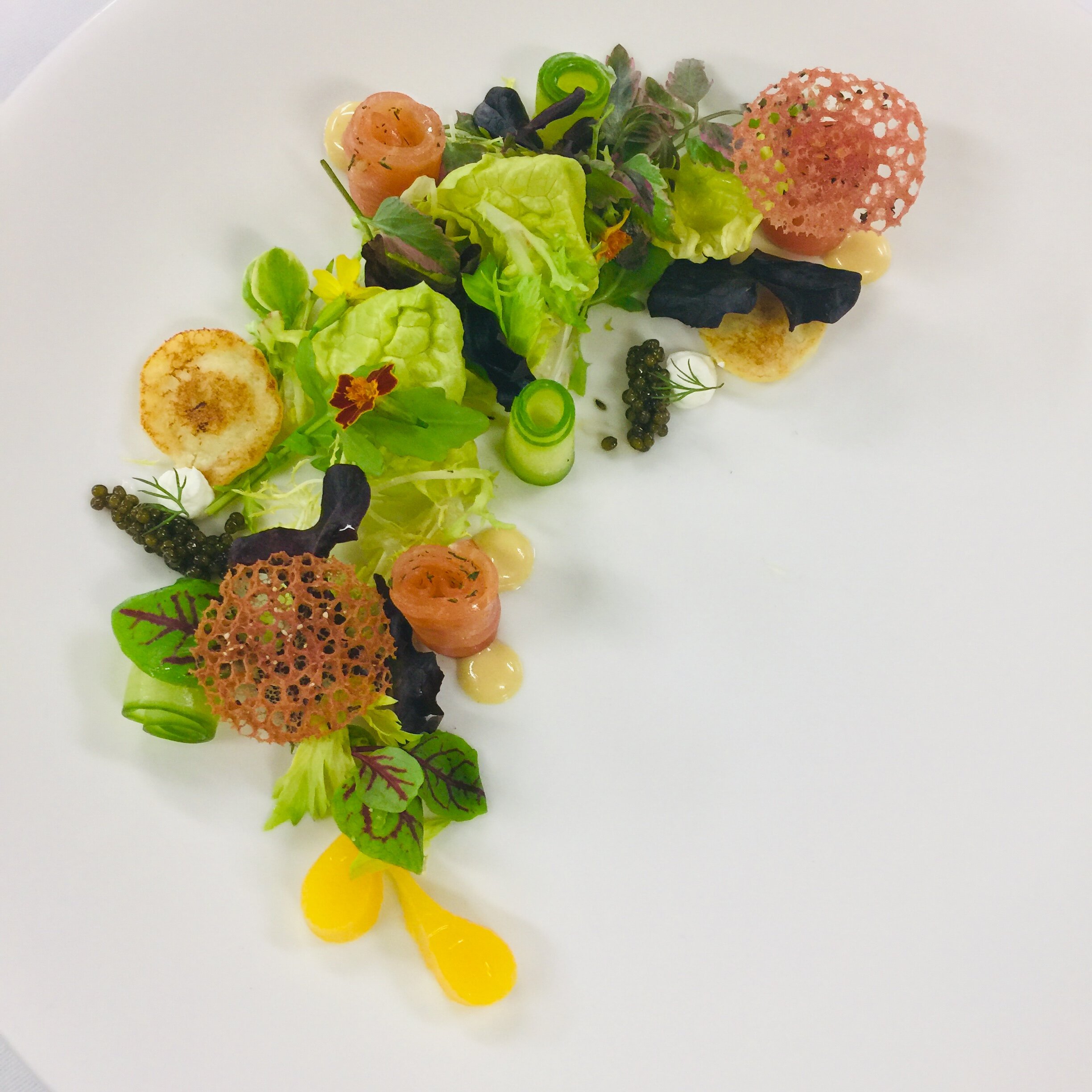


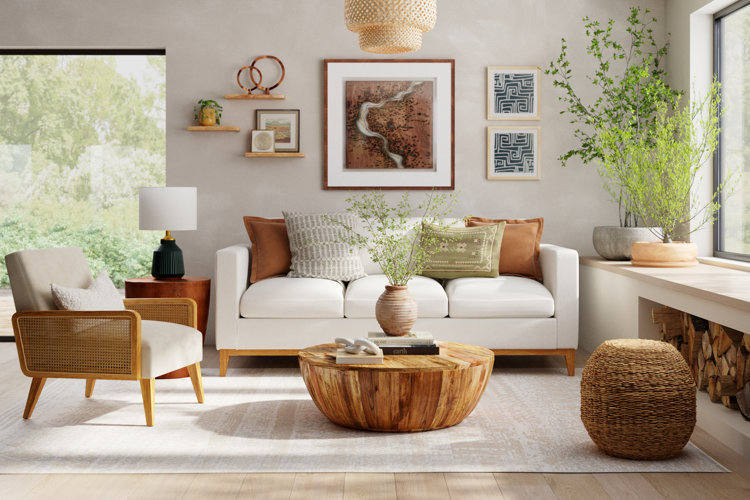

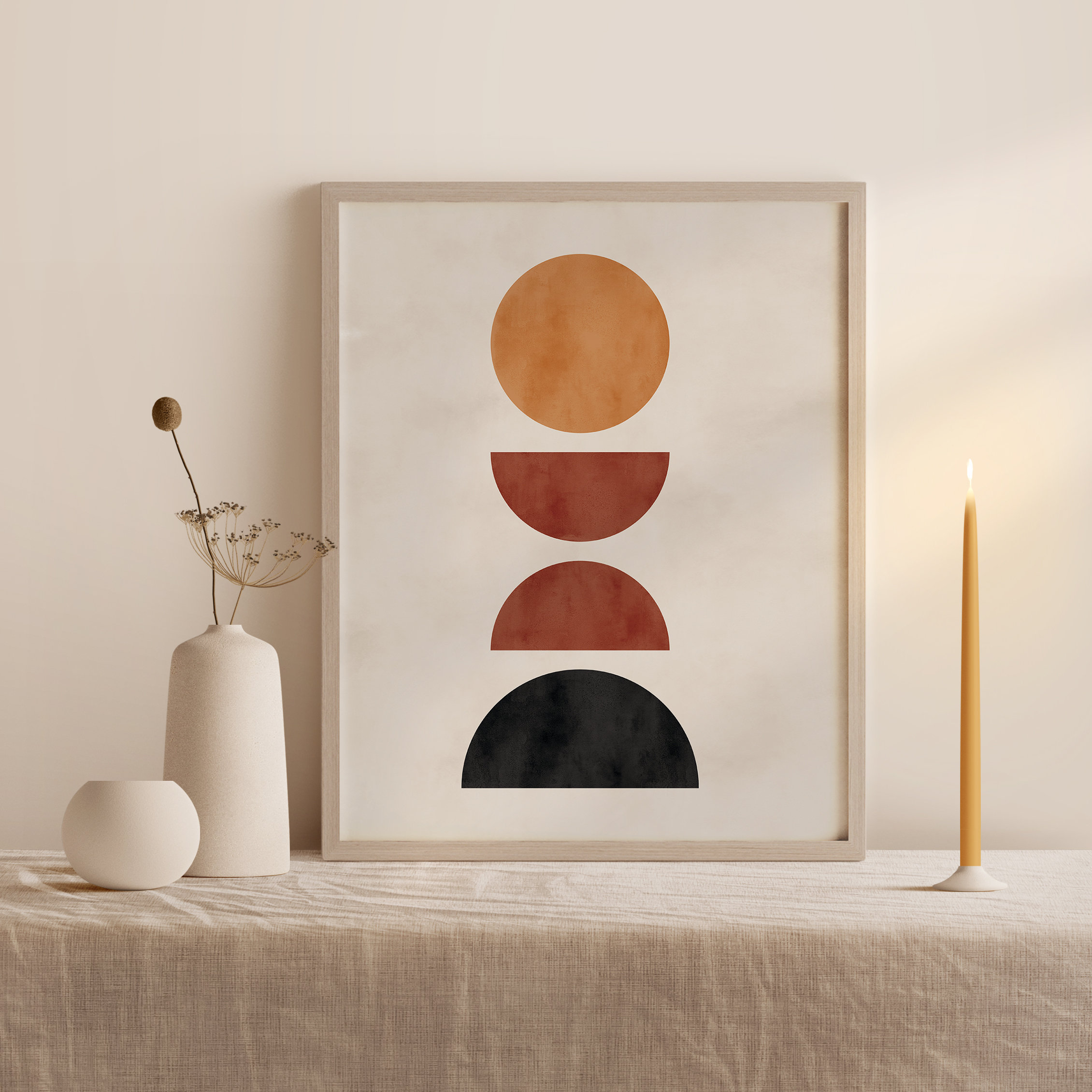

The Elements of Aesthetically Pleasing Designs
Aesthetics is not just about a pretty picture; it’s rooted in principles that appeal to the human eye and mind. Let’s break down the key elements that make something aesthetically pleasing, such as symmetry and balance, interior design techniques, color theory, how 2D designs become 3D spaces, minimalism, antique decorations, and proportion and scale.
1. Symmetry and Balance
Humans are naturally drawn to symmetry. Whether it's in nature or design, symmetry creates harmony, making things feel organized and visually satisfying. Balance, however, doesn’t always mean perfect symmetry. Asymmetry, when done correctly, can also feel balanced, creating a sense of stability and order.
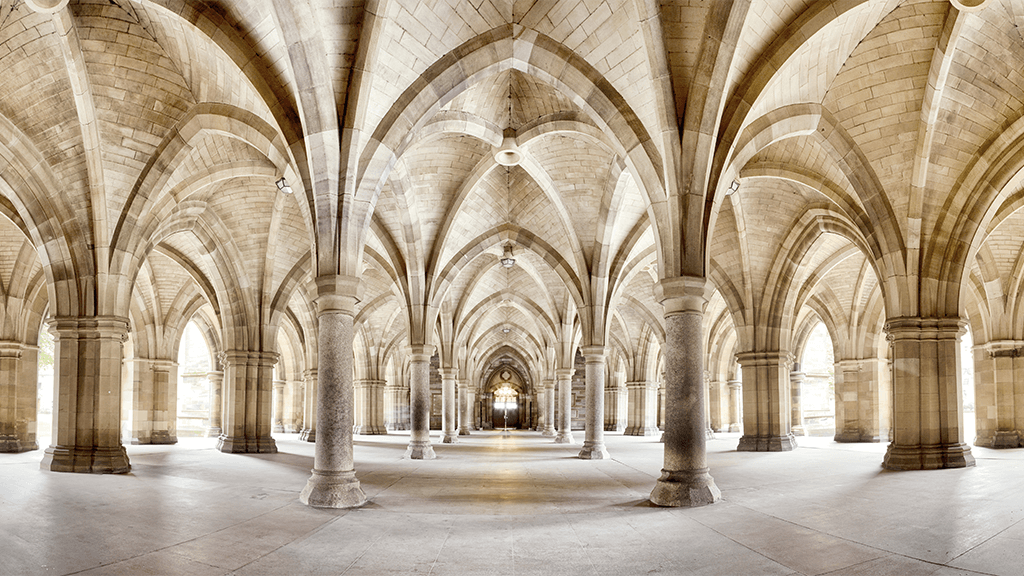
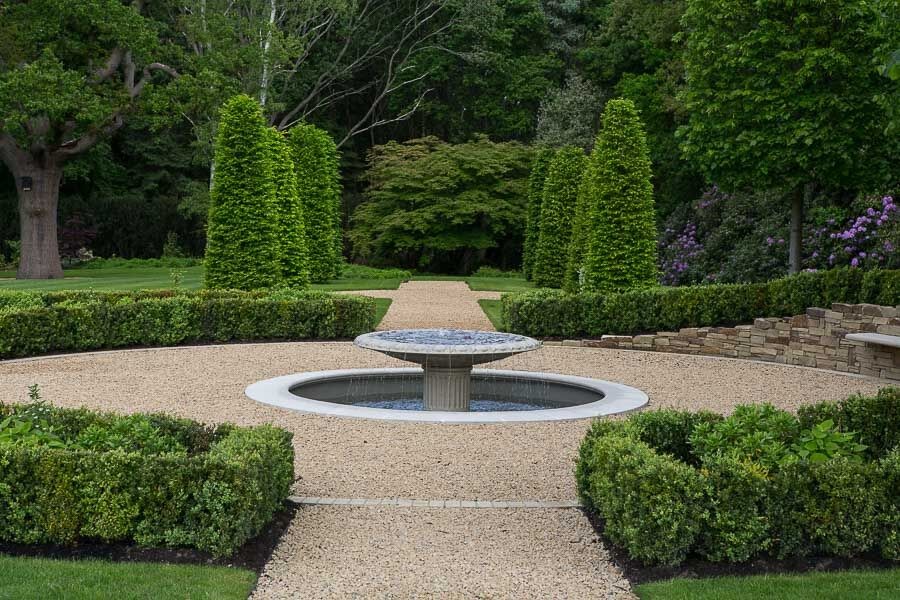

2. Color Theory
Color harmony, achieved through complementary or analogous color schemes, can evoke emotions and set moods. Cool tones like blues and greens create calming feelings, while warm tones like reds and yellows energize a space. A monochromatic color scheme can also unify a design beautifully.


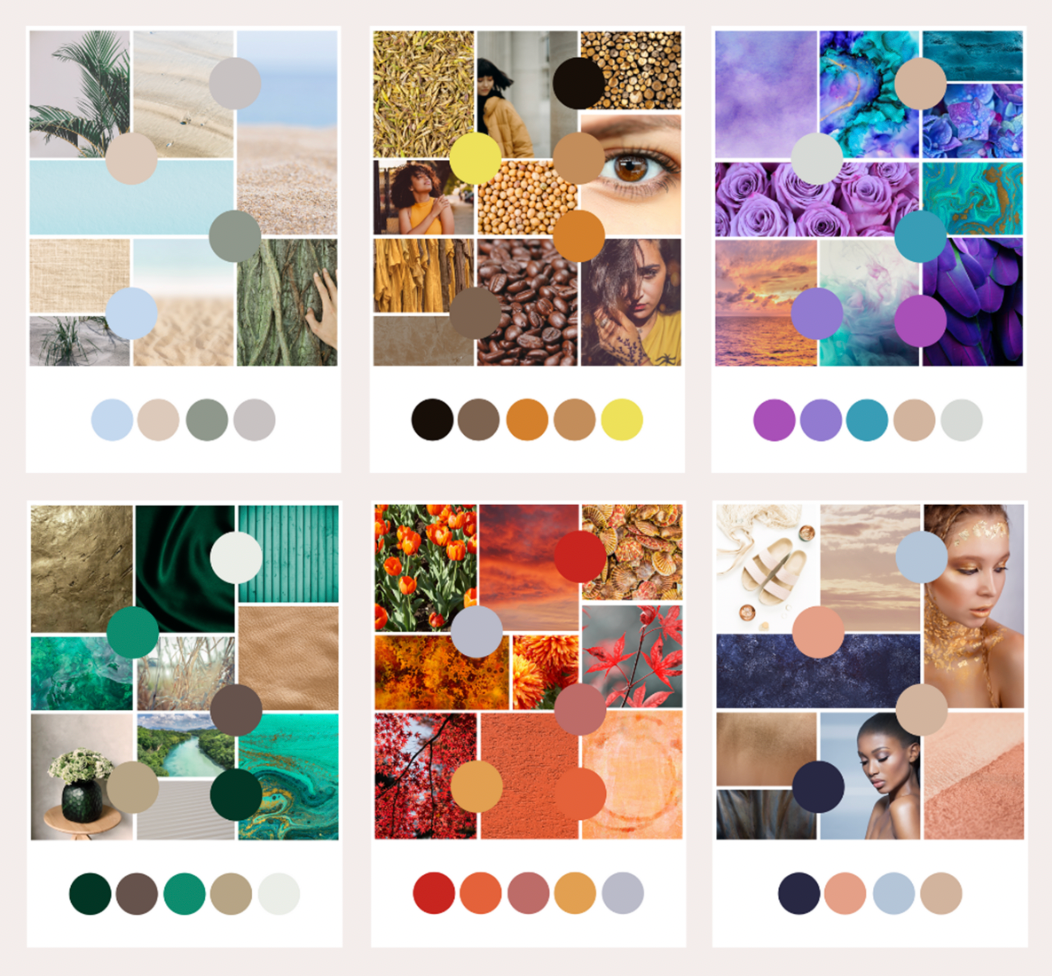
3. Minimalism
Minimalism strips away the non-essential, focusing on simplicity, clarity, and functionality. It creates clean, peaceful environments — widely used in architecture, interiors, and digital design.
:strip_icc()/MID_7009694_Shot_7_32acopy_preview-e1c1857231f949dd9978e2f6087d8228.jpg)

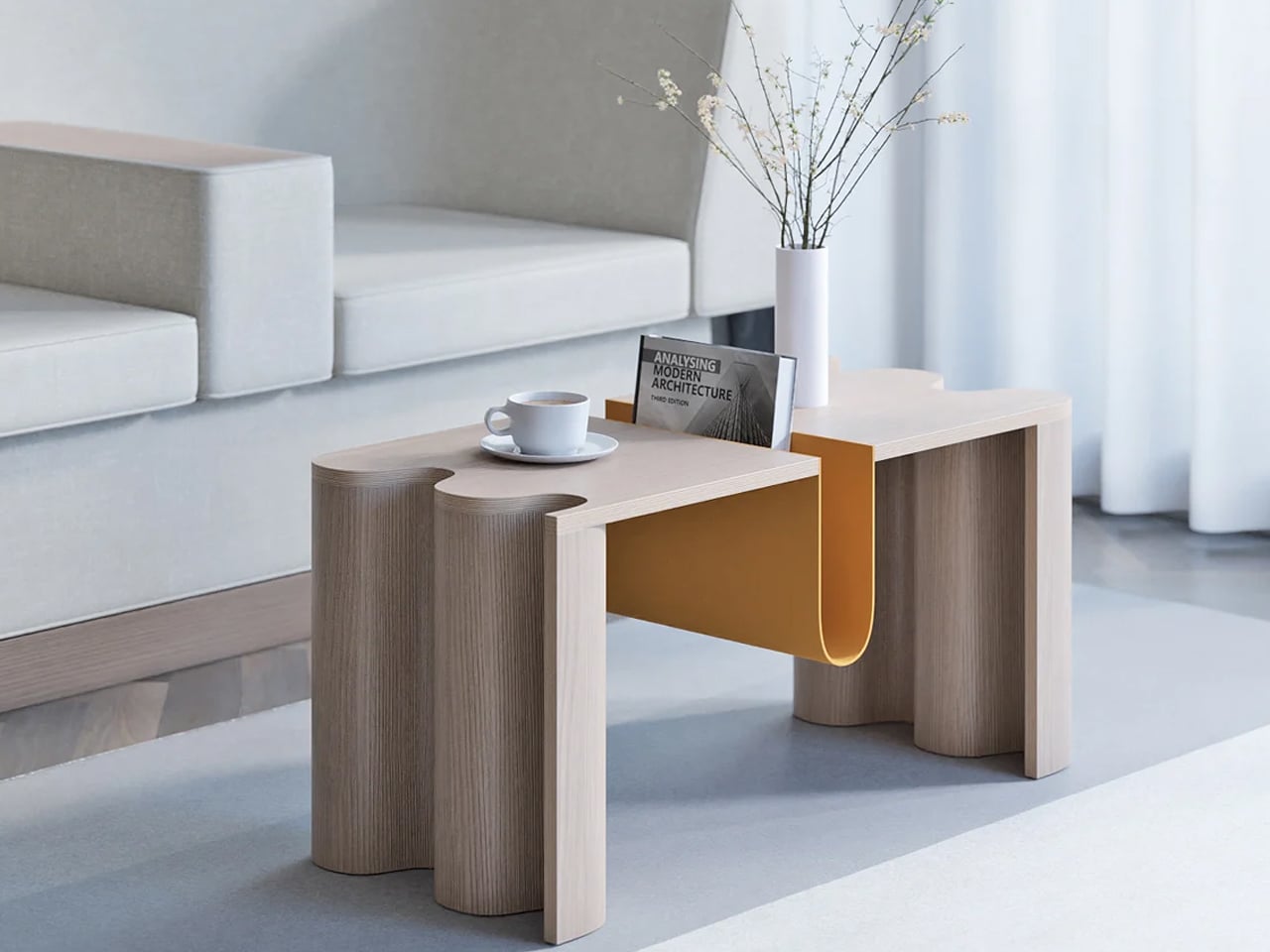
4. Proportion and Scale
Good proportion and scale ensure elements feel harmonious together. Whether in furniture layouts or website components, correct sizing creates a sense of unity and visual flow.


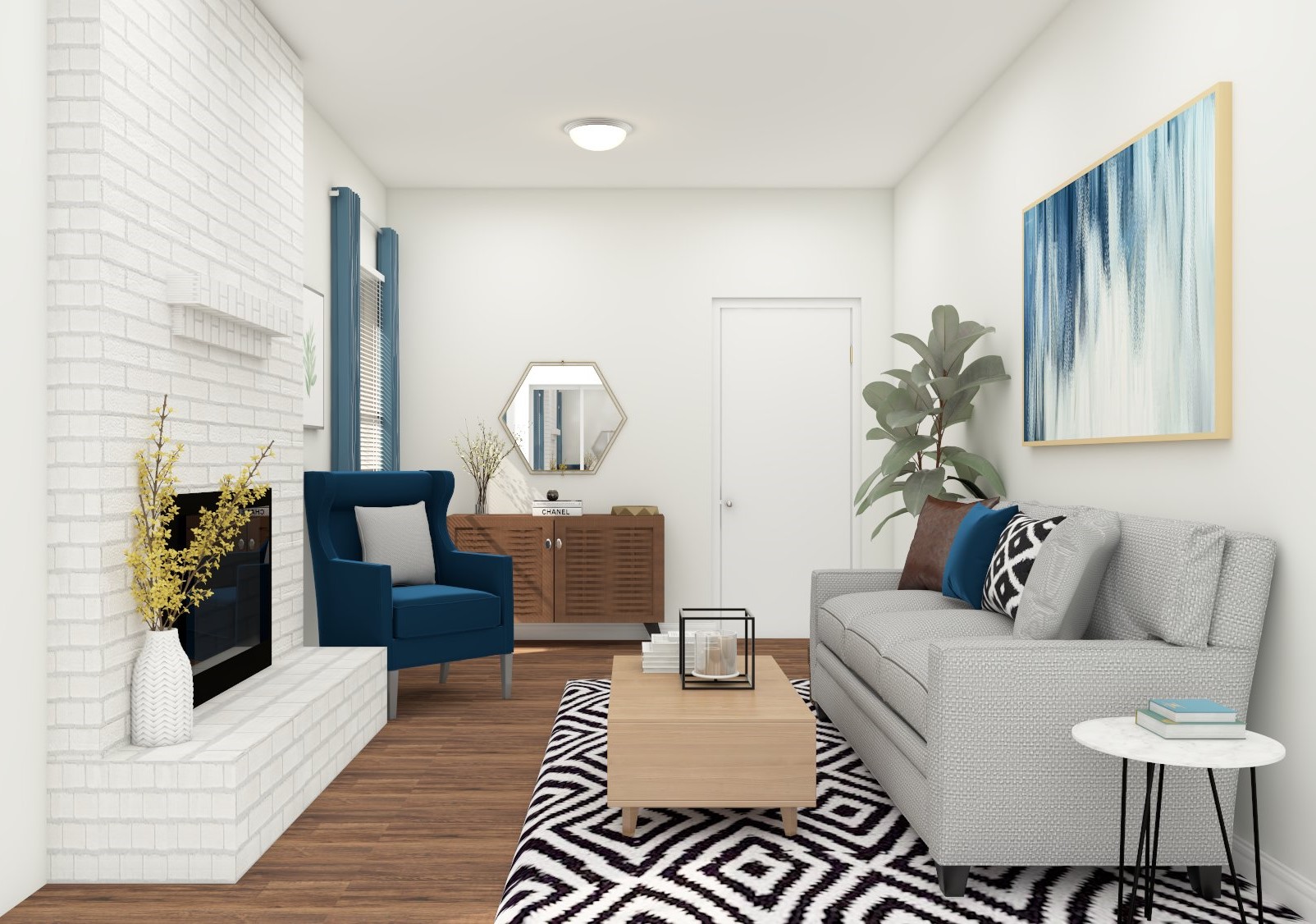
Aesthetically Pleasing Examples in Everyday Life
Aesthetic beauty isn't reserved for art galleries or luxury design—it’s all around us in everyday moments. Here are a few examples that demonstrate how aesthetics naturally enhance our lives:


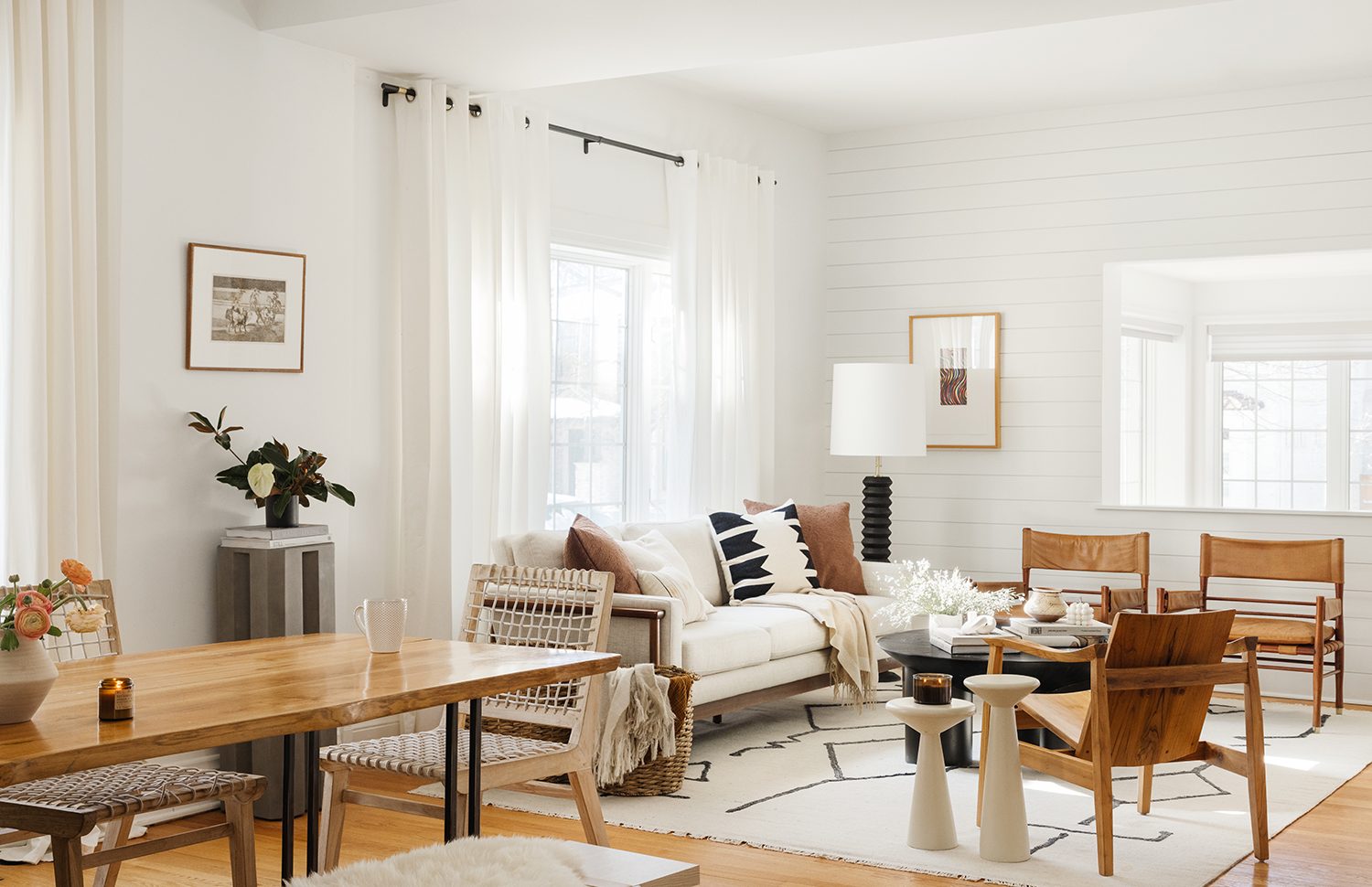

Exploring Aesthetics Through Real Spaces and Styles
Understanding proportion in design is one thing—but seeing it applied in real homes, furniture, and decor choices takes it to another level. At Feel Design, we’ve explored how thoughtful proportions and styling choices play out across different aesthetics, from minimalism to vintage revival.
For instance, minimalistic wallpaper can dramatically shape a space when paired with balanced furnishings. If you're interested in how to choose the right patterns and textures, check out our guide on how to choose and style minimalistic wallpaper.
Furniture also plays a key role in visual balance. In our 2025 modern furniture review, we take a closer look at trending sofas and beds and evaluate whether their proportions and designs are worth the hype.
Outdoor living isn’t left out—our Better Homes & Gardens patio picks highlight proportionate layouts and timeless color pairings for relaxed, harmonious exteriors.
If you're drawn to nostalgic charm, our antique home decor guide explores how vintage pieces—when scaled and styled correctly—can create warmth and elegance without visual clutter.
You can also explore our curated roundup of the best bouclé armchairs of 2025, which shows how proportion, texture, and form work together to bring softness and sculptural interest to a space.
Finally, for practical yet stylish storage, don’t miss our buying guide on the best fluted glass cabinets—perfect for balancing visual lightness with architectural detail.
Each of these examples ties back to one simple principle: proportion isn’t about perfection—it’s about harmony. And when applied with care, it can elevate any aesthetic.
Conclusion
In the end, what makes something aesthetically pleasing is a combination of elements that work together in harmony. It’s about balance, symmetry, color, and proportion. Whether you’re designing a home, creating content, or simply appreciating art, understanding these principles can help you create more visually pleasing environments and experiences.
So, the next time you look at something that catches your eye, ask yourself: What makes it aesthetically pleasing? By appreciating and understanding the key elements, you can start creating beauty in your own space or designs.
Subscribe to Design Updates
Get the latest interior design trends and AI tools delivered to your inbox.


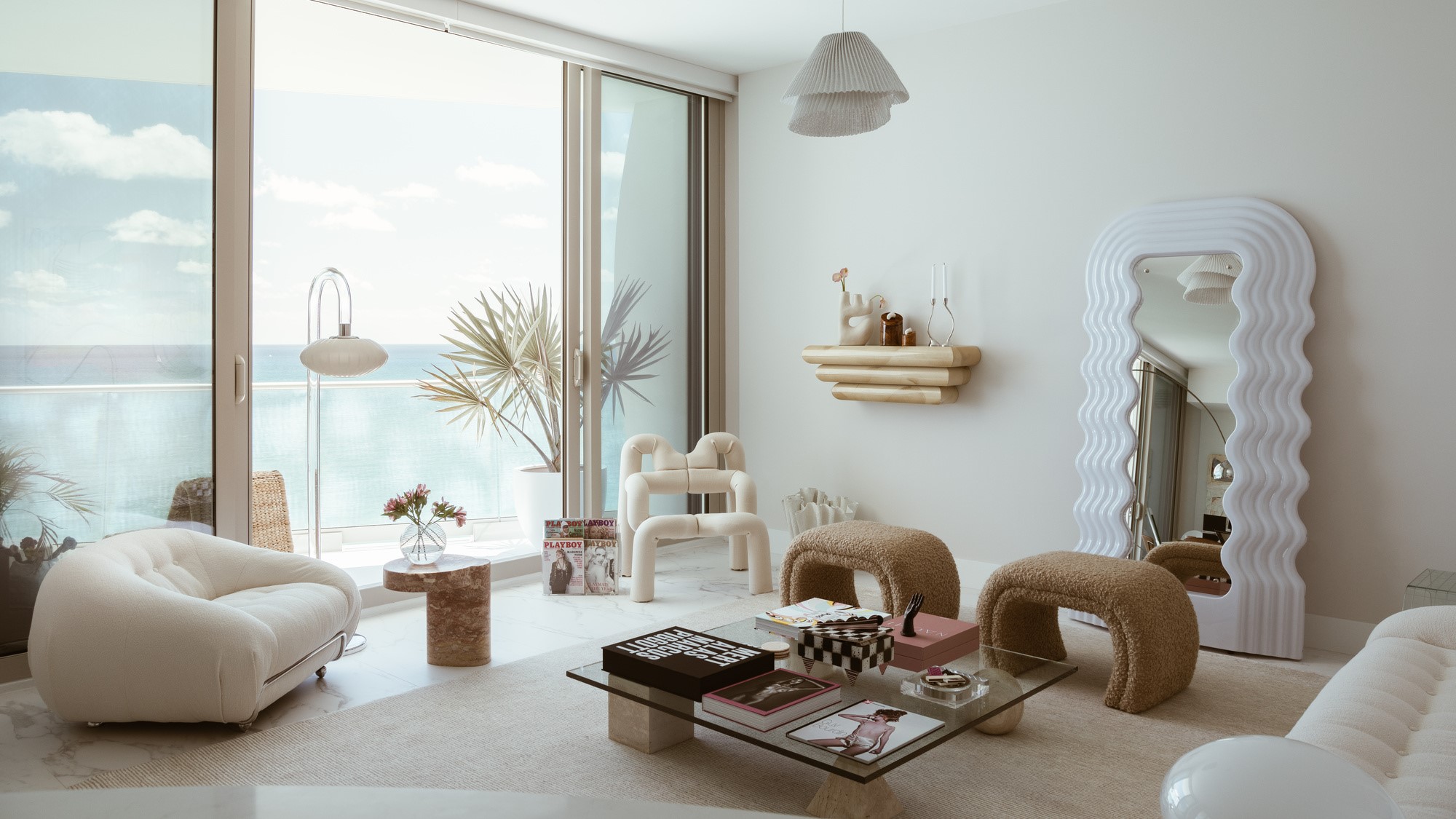

:strip_icc()/dining-room-table-decor-ideas-21-mindy-gayer-marigold-project-6a8c8379f8c94eb785747e3305803588.jpg)
